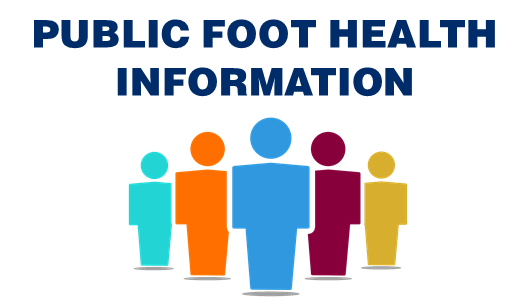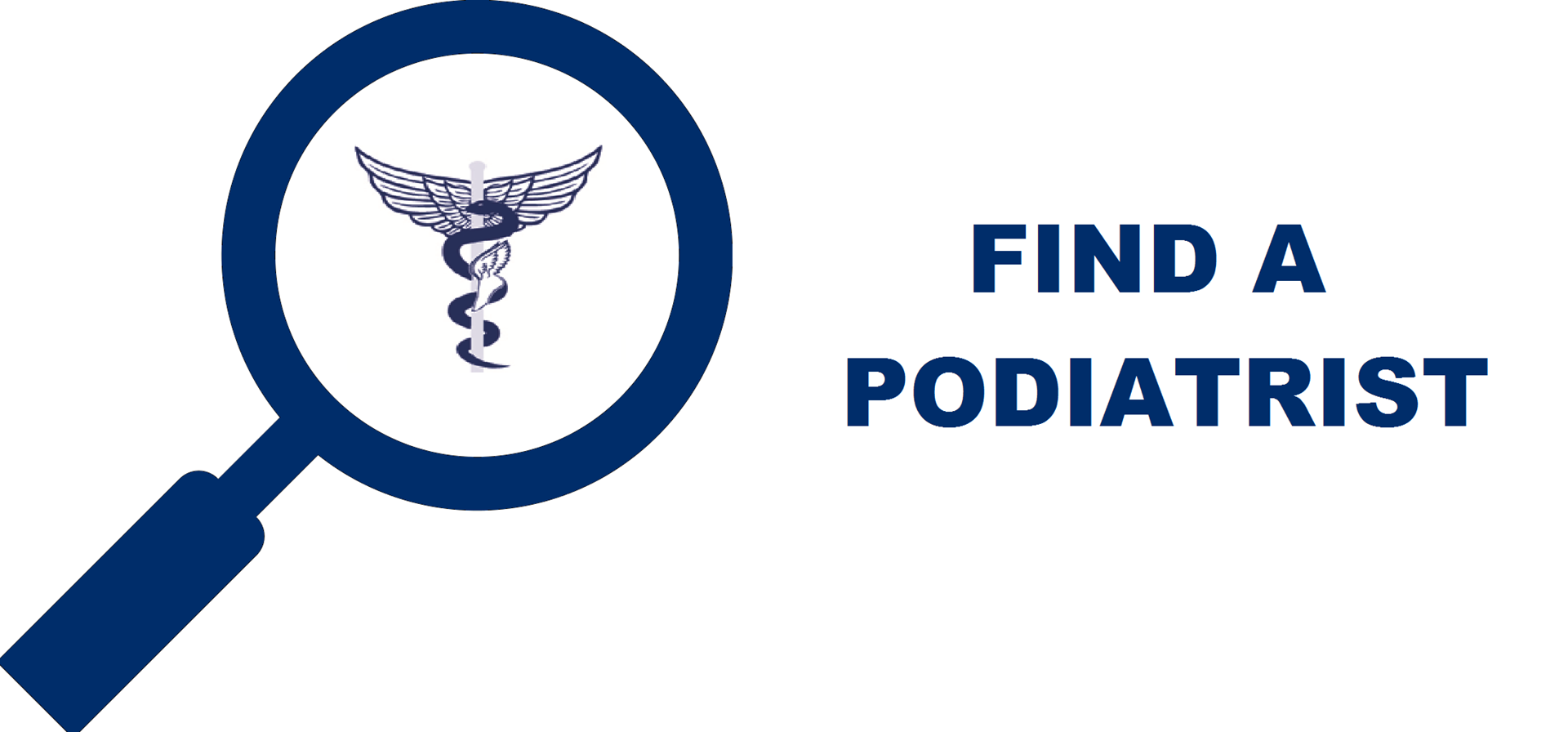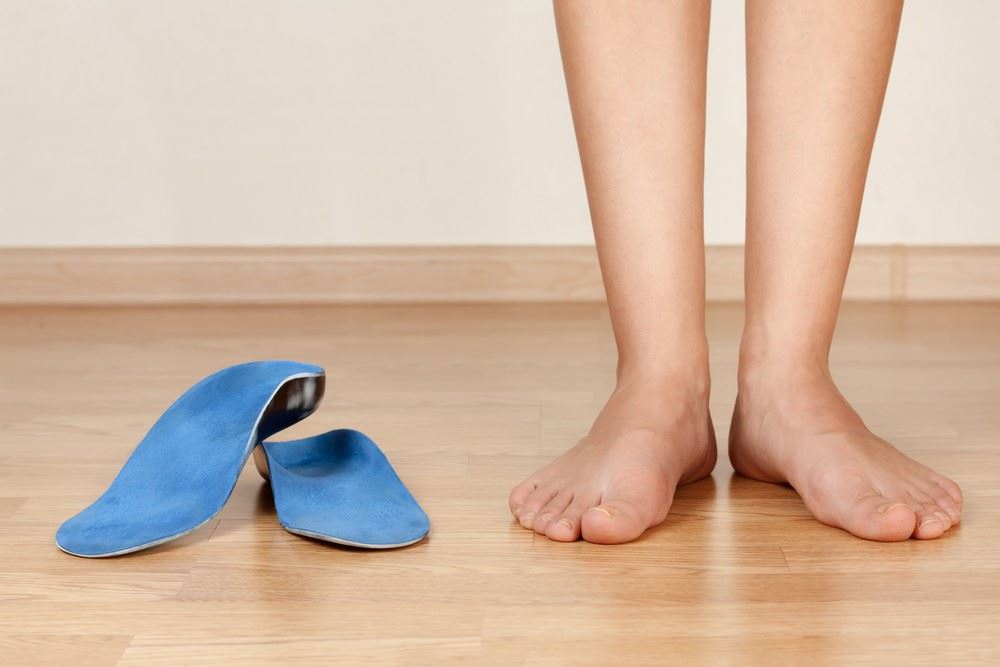|
What are Orthotics? Zoomer | April 19th, 2016
Prescription foot orthotics are designed to control abnormal biomechanics of the foot. They are shoe inserts that reposition the 26 bones of your feet so that your feet function in their optimal, corrected position with every step. Many foot, lower leg, knee or even back problems can arise from biomechanical imbalances of the foot structure. For example, many people have feet that flatten and the ankles roll in (called "pronation"). They may have a good arch when sitting (non-weight bearing), but when they stand up, the feet flatten. Result: This faulty foot structure can cause numerous "overuse syndromes". For example, pronation can result in excessive strain to the arches resulting in foot fatigue or pain. The muscles of the lower legs can be strained as they act to support the arch which is collapsed. Caution: Not all orthotics are the same. There are many retailers and other providers who sell what they call "orthotics", but these shoe inserts are not much different from an off-the-shelf arch support. Arch supports push up against the arch and may provide some temporary or partial foot support, but they don't correct the problem and are not customized to your foot shape. An orthotic, however, corrects the motion of the feet and repositions the bones of the feet in their corrected anatomical position. Methodology to assure your orthotics are proper: A podiatrist will diagnose your foot problem and do a thorough examination of your feet. If it is determined that orthotics are required, then a complete biomechanical examination and range of motion measurements are performed to determine the nature of your foot imbalance. The corrected position of your feet is captured in a non-weight bearing position. Typically a plaster cast or a laser scan is used to capture the proper foot shape and position. A laser scan has been replacing the previously preferred plaster casting technique and the laser creates a 3D virtual cast of the foot. The prescription and the casts are then sent to a specialized laboratory where about 25 steps are involved in the making of the orthotics. Once the orthotics are dispensed to the patient, there are usually follow up visits to ensure that all is well. Other treatment modalities: While orthotics address the cause of the problem, your podiatrist may suggest some temporary treatment modalities to alleviate symptoms. This may include stretching or strengthening exercises, athletic taping, ice, massage, anti-inflammatory medication, advice on appropriate shoes etc. Are orthotics a crutch? This is a common question and the answer is that they are not. When a foot pronates, the muscles and tendons become strained. Proper orthotics will reposition the feet in their most stable position. The muscles and tendons still work, and they do so more efficiently in their anatomically correct position. With orthotics, the tendons are prevented from becoming strained and over used. For those who have had orthotics that "failed": In their practices, podiatrists often see patients who have had orthotics that didn't work or were uncomfortable. Often, the provider was not a foot specialist, nor adequately trained in the biomechanics of the foot. Perhaps the methodology used in obtaining the shape of the foot was not proper. For a proper assessment of your foot function, it is recommended to visit with a doctor of podiatric medicine. May is foot health month. Don't ignore your tootsies! |




.png)

